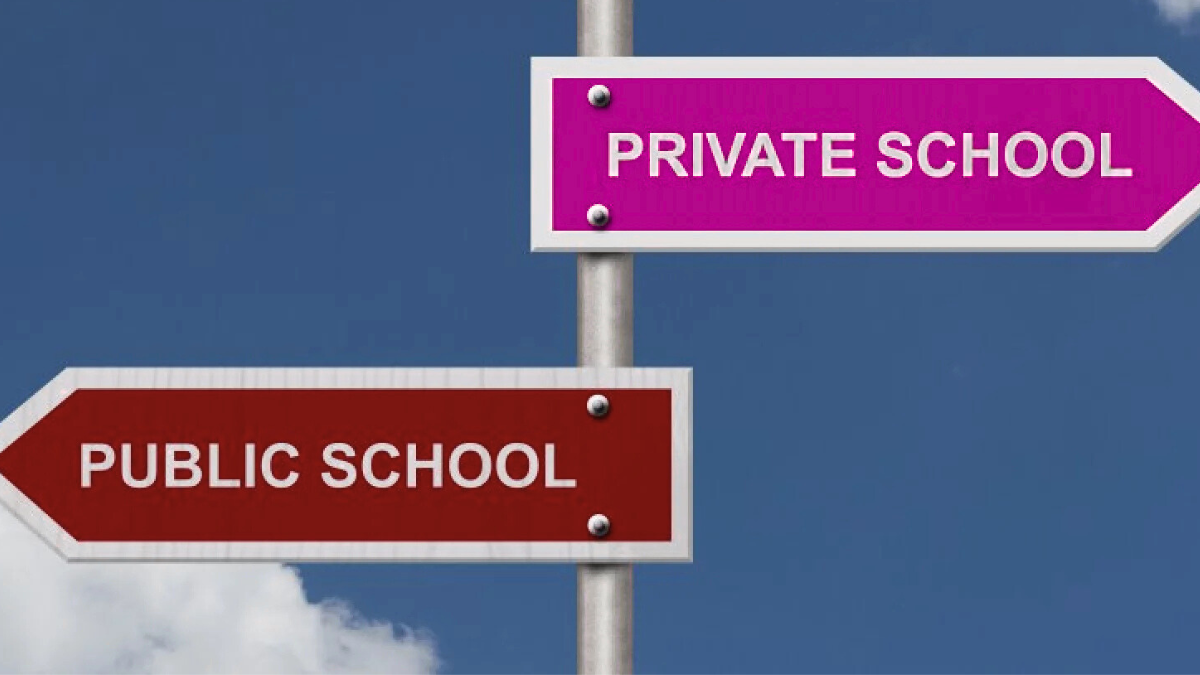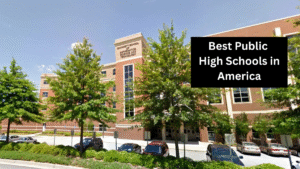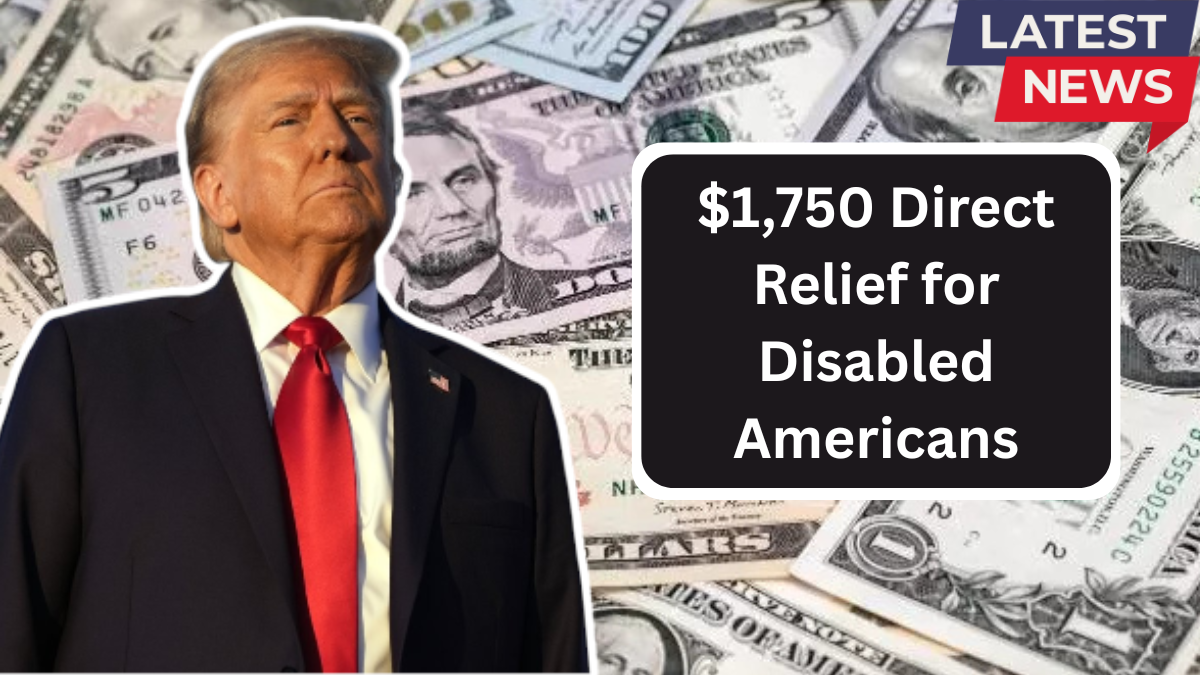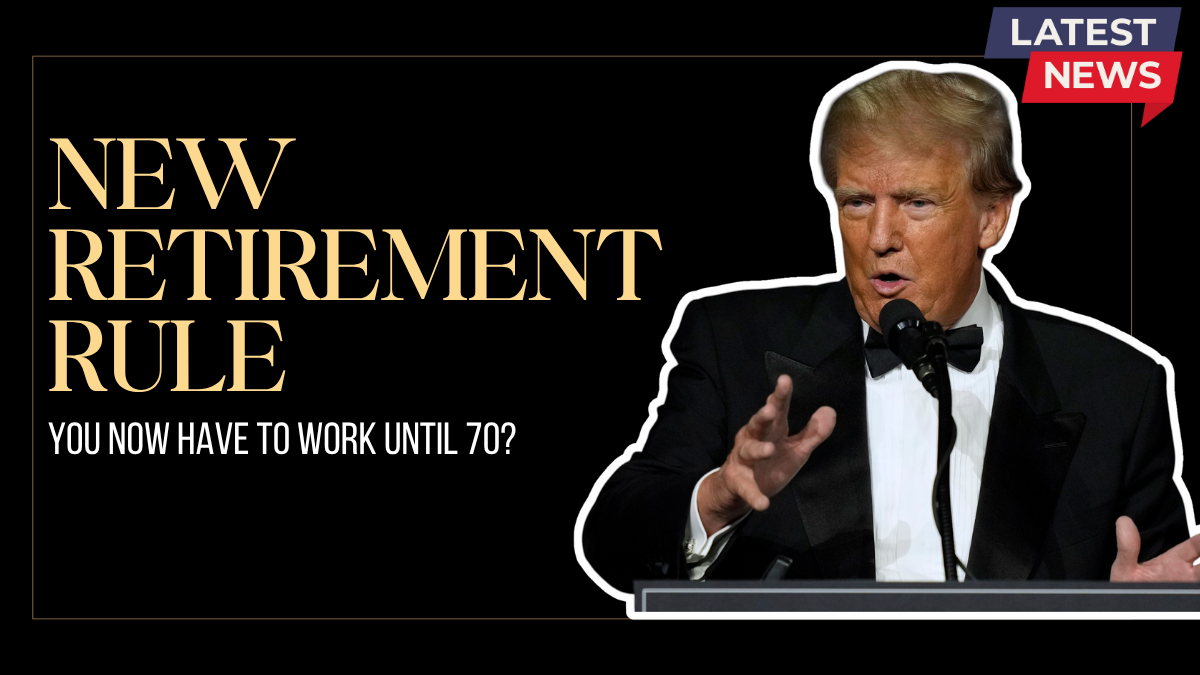Choosing a high school is one of the most emotional and important steps for any parent or student. It’s about more than just academics—it’s about safety, values, dreams, and the future. In the U.S., many families ask themselves the big question: “Should we choose a private school or a public school?”
Both options have their strengths. But which one fits your teen’s needs, goals, and personality? Let’s take a closer look and help you make a confident decision.
Understanding public high schools
Public schools are funded by the government and are free for all students. They usually serve students based on where they live. These schools often offer a wide mix of subjects, activities, and friends from different cultures and backgrounds.
Pros of public high schools:
- No tuition fees – they’re free
- Wide range of classes and extracurriculars
- Opportunities for diversity and inclusion
- Strong sports and community events
- Government-funded programs for special needs or gifted students
Challenges of public schools:
- Class sizes may be larger
- Resources depend on location and budget
- Some schools may have safety or discipline concerns
Understanding private high schools
Private schools charge tuition and are not run by the government. Many are linked to religious organizations or specific teaching styles. They may have stricter rules, smaller classes, and unique learning programs.
Pros of private high schools:
- Smaller class sizes and more attention from teachers
- Often offer strong college-prep focus
- Extra activities like drama, music, foreign languages
- Better facilities and technology in some schools
- Many have strong alumni networks
Challenges of private schools:
- Tuition fees can be very high
- Less diversity in some cases
- Entrance exams or interviews may be required
- Not every family can afford it
key differences between private and public high schools
| Feature | Public High School | Private High School |
|---|---|---|
| Cost | Free (funded by taxes) | Tuition-based (can be expensive) |
| Class Size | Usually larger | Smaller and more personal |
| Diversity | High (different backgrounds) | Can be limited |
| Facilities | Varies by area | Often modern and well-funded |
| Teachers | Certified by state | May not require certifications |
| Curriculum | State-regulated | May follow unique philosophies |
| College Preparation | Good, with AP options | Often very strong focus |
| Discipline & Structure | Depends on district | Often stricter and structured |
factors to consider when choosing a high school
- Your teen’s learning style – Do they need structure or flexibility?
- Budget – Can your family afford tuition and other costs?
- College plans – Is your teen aiming for competitive colleges?
- School location and safety – Is the school nearby and safe?
- Extracurricular interests – Sports? Music? Science clubs?
- School values and culture – What type of environment does your teen thrive in?
real-life stories from families
- “My daughter went to a public school with a great art program. She felt free to explore and express herself,” says Emily, a mom from California.
- “We chose a private Catholic school for our son because we wanted a focus on values, and we love how the teachers support him,” shares Raj, a dad in New Jersey.
These stories remind us that there’s no one right choice—only what’s best for your child.
Whether you pick a private or public high school, what matters most is finding a place where your teen feels supported, challenged, and safe. The right school can build their confidence, prepare them for college, and help them discover who they truly are.
As a parent or teen, take time to explore options, ask questions, and think about what environment will help your child shine. This is not just a school choice—it’s a choice that shapes dreams and futures.























